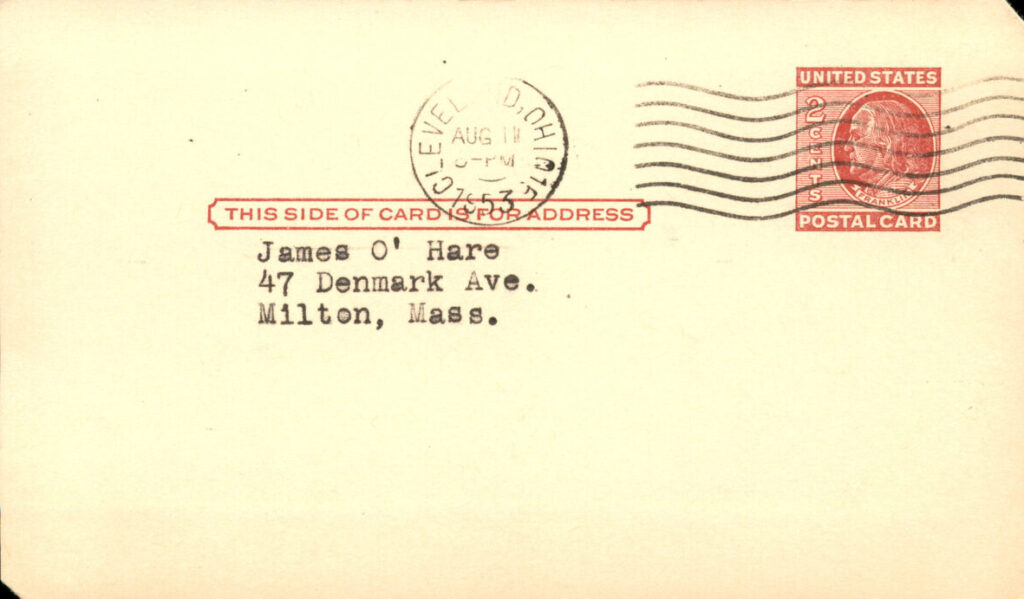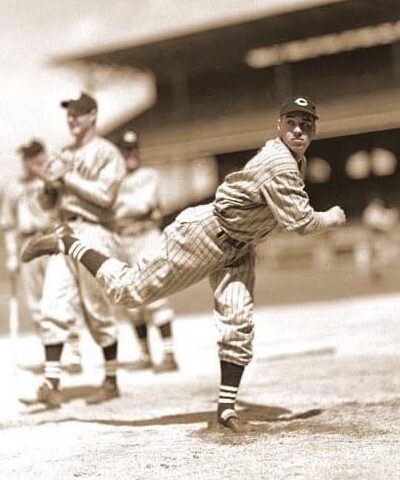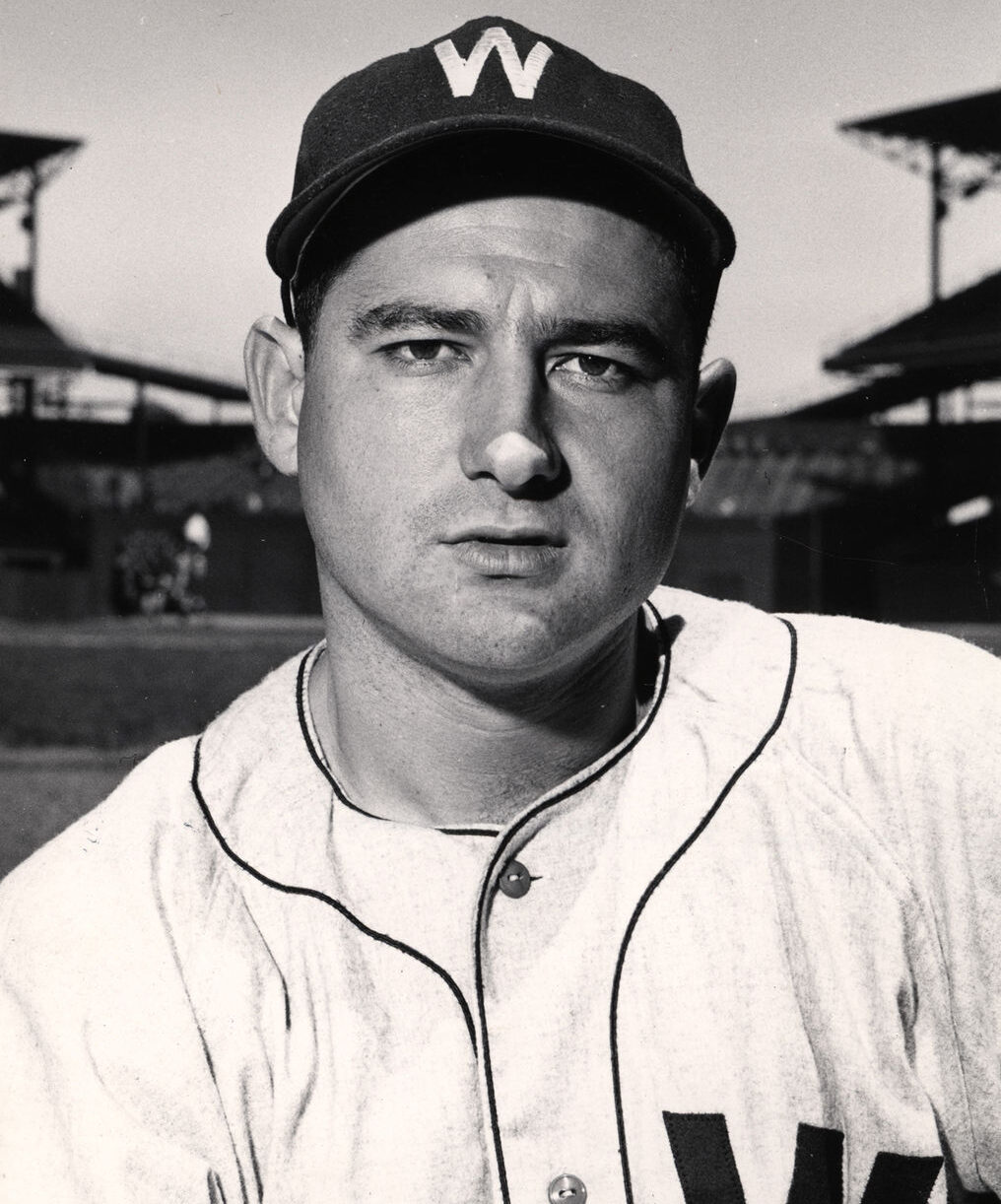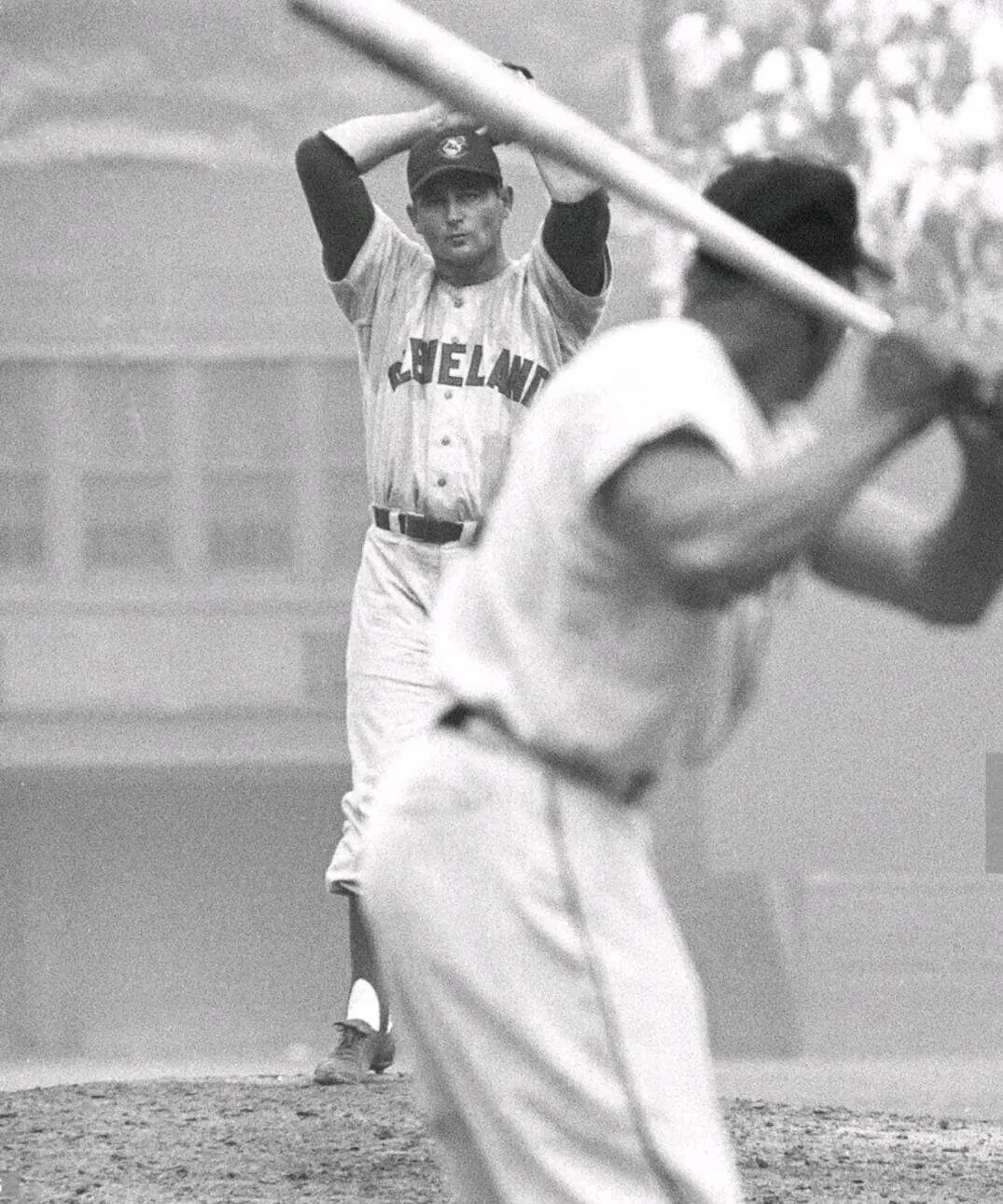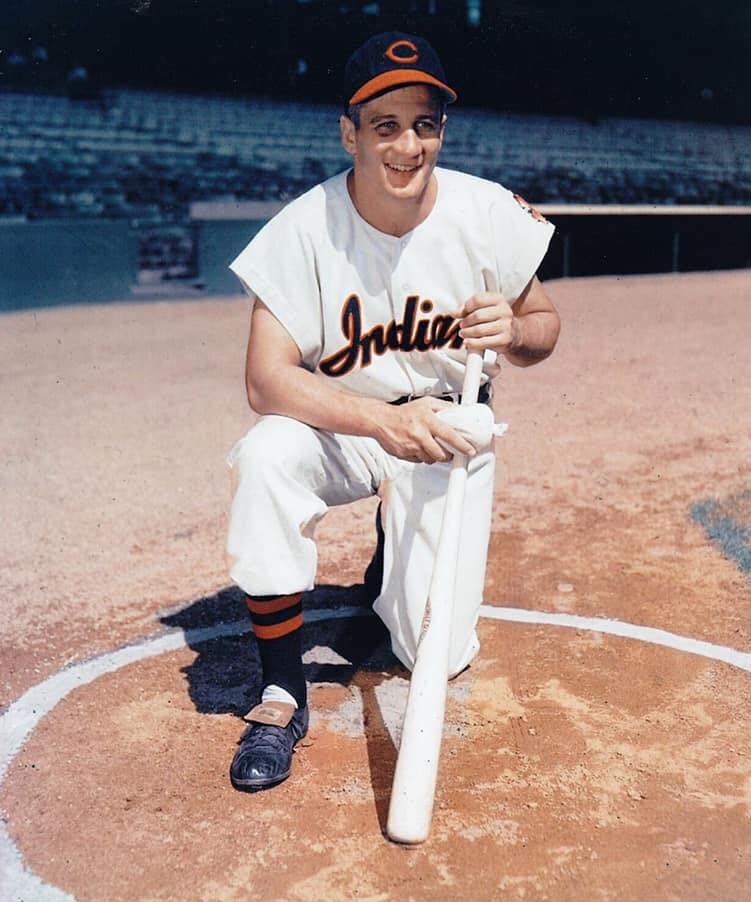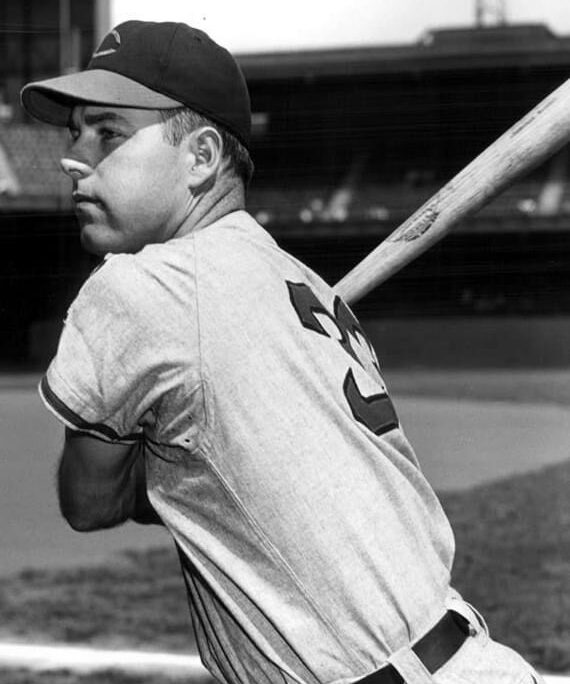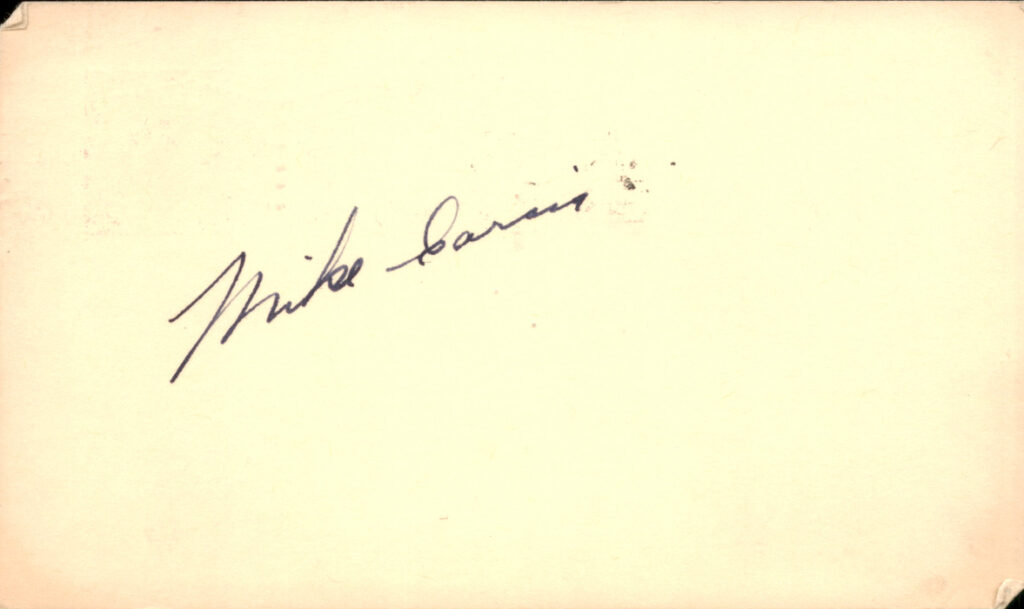
The Cleveland Indians pitching rotation in the early 1950s is one of the best in baseball history. “The Big Four” of Bob Feller, Early Wynn, Bob Lemon and Mike Garcia dominated American League batters. When Bleacher Report ranked their top rotations of all time, both the 1951 and ’54 Indians were in their top 5.
Feller, Wynn, and Lemon are all enshrined in Cooperstown. From 1951-1954, the fourth member Mike Garcia was their equal and in some seasons even better.
Garcia signed with the Indians as an 18-year old in 1942. After posting a double-digit win total in the minors, World War II intervened. Garcia spent the next three years in the Army Signal Corps with much of the time coming in the European theater.
When Garcia returned in 1946, the Indians sent him to the California League where he won 22 games for Bakersfield. Two years later, Garcia was a major leaguer, pitching one game in Cleveland late in the season.
His first full season in the bigs was a good one. Garcia went 14-5, leading the league in ERA (2.35), and fielding independent pitching (FIP, 2.94), and ERA+ (170). It was the start of nine consecutive years with at least ten wins.
From 1951-1954 Garcia was at his best. In those four seasons he won 20,22,18 and 19 games and made three All Star teams. Cleveland finished in second to the Yankees each season from ’51-’53. They got over the hump in ’54 when Garcia had his finest campaign.
That year Big Mike paced the Junior Circuit in ERA, shutouts, WHIP, and homers per nine innings.
Garcia pitched for the Indians for five more seasons, never approaching the stardom of his first 7 years. After the Indians released him in 1959, he finished his career with one season each with the White Sox and the Senators.
Garcia pitched his last big league game in September of ’61. He left the majors with a 142-97 record, a 3.27 ERA, 111 complete games, 27 shutouts, and 24 saves.
After his playing days he ran a dry cleaning business he bought during his playing days.
By the early 1980s Garcia developed diabetes and heart trouble. He passed away on his 35th wedding anniversary in 1986 at the age of 62.
In 2001 the Indians celebrated their century of association with the American League. The press release read in part, “The Cleveland Indians announced the players that were selected to the Indians Top 100 Greatest Indians roster, as part of the club’s 100th Anniversary Celebration in 2001. A panel of veteran baseball writers, historians and executives selected a roster of the Top 100 Greatest Indians.”
Six years later Garcia was inducted into Cleveland’s team Hall of Fame.
In the collection is a government postcard signed by Mike Garcia in 1953.


